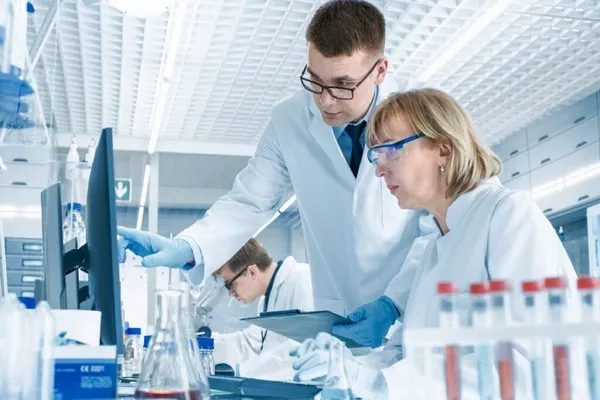Bones, essential for supporting the human body and enabling movement, are dynamic tissues that undergo a constant process of remodeling. This involves the formation of new bone and the resorption or breakdown of old bone. Osteoblasts are the cells responsible for forming bone, while osteoclasts break down old bone. Disruptions in this process can lead to conditions like osteoporosis and fractures, making the study of bone remodeling a critical area of research.
While previous studies have explored how osteoclasts and osteoblasts develop separately, little is known about the common factors that influence both types of cells. To investigate this, a team of researchers led by Professor Tomoki Nakashima from the Faculty of Dentistry at the Institute of Science Tokyo in Japan conducted a series of advanced genetic experiments using mice and lab-grown cells. Their findings were published in Nature Communications on January 2, 2025.
Professor Nakashima explained, “We started by analyzing the gene expression patterns in cells from mice with specific DNA changes. We found that a gene called Fam102a played a central role in the development of both osteoclasts and osteoblasts.”
After identifying Fam102a as a key regulator, the team focused on understanding how it influenced bone remodeling at the molecular level. They discovered that Fam102a protein aids osteoblast differentiation by regulating the Osterix protein through the activation of Runx2, a critical transcription factor involved in bone formation.
Further genetic experiments on mice lacking Fam102a revealed its crucial role in bone remodeling. The researchers observed that without Fam102a, the mice developed osteoporosis-like symptoms, characterized by low bone density.
The team also used co-immunoprecipitation assays, a method for studying protein interactions, and found that Fam102a interacts with Kpna2, a protein involved in transporting molecules into the cell nucleus. This interaction is necessary for Fam102a to regulate Runx2 during osteoblast differentiation.
In additional experiments, the researchers identified Rbpjl, a key transcription factor, as the most downregulated gene in osteoblasts without Fam102a, further confirming the importance of the Fam102a-Rbpjl pathway in bone cell development.
This study offers new insights into the complex process of bone metabolism and remodeling. Nakashima concluded, “Our research highlights the critical molecular interactions that drive bone remodeling. These findings could pave the way for new treatments for osteoporosis.”
Read more:
- Vitamin D: More Than Just Bone Health—How It Affects Your Mental Well-Being
- New Osteoporosis Screening Guidelines: Do You Need A Bone Scan?
- Trump Takes Aim At Biden’S Health Care Policies, Focusing On Drug Costs And Obamacare


